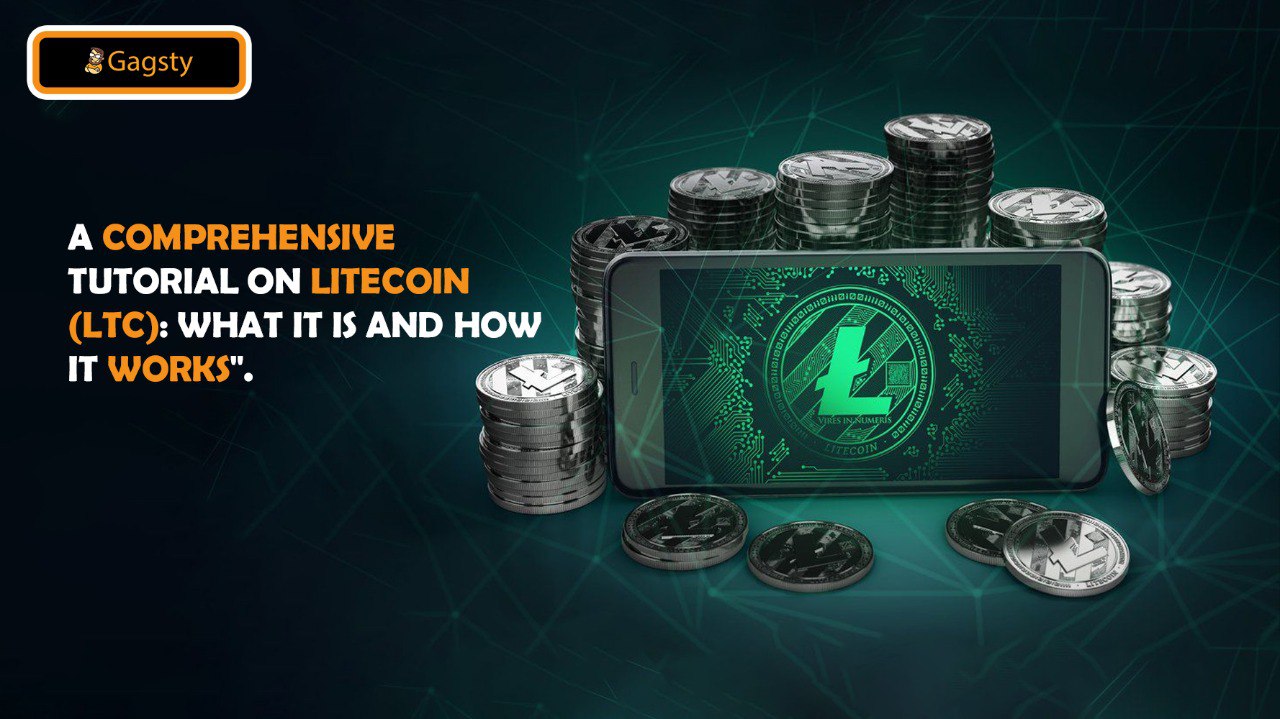
Litecoin (LTC) is a peer-to-peer, decentralized digital currency that was created in 2011 by Charlie Lee, a former Google engineer. Litecoin is often considered the “silver to Bitcoin’s gold” because it shares many similarities with Bitcoin but is designed to be faster and cheaper to use. In this tutorial, we will dive into the details of Litecoin and how it works.
What is Litecoin?
Litecoin is a digital currency that enables instant, low-cost payments to anyone in the world. Like Bitcoin, Litecoin is a decentralized currency that any central authority or government does not control. Instead, Litecoin transactions are verified by a network of users running the Litecoin software on their computers.

Litecoin is based on the same open-source code as Bitcoin, with some key differences in the way it operates. For example, Litecoin has a faster block generation time (2.5 minutes versus Bitcoin’s 10 minutes) and a different hashing algorithm (Scrypt instead of SHA-256). These differences allow Litecoin to process transactions more quickly and efficiently than Bitcoin.
How does Litecoin work?
Litecoin works in a similar way to Bitcoin, with transactions recorded on a public ledger called the blockchain. When someone sends Litecoin to another person, the transaction is broadcast to the network of Litecoin nodes (users running the Litecoin software). The nodes verify the transaction and add it to the blockchain, which is a permanent and unalterable record of all Litecoin transactions.

Like Bitcoin, Litecoin uses cryptography to secure transactions and control the creation of new coins. New Litecoins are created as a reward for mining, which involves solving complex mathematical problems to verify transactions on the network. Anyone with a computer and internet connection can participate in mining Litecoin, although specialized hardware is often required to compete with other miners.
Advantages of Litecoin

Litecoin offers several advantages over other digital currencies:
- Faster transactions: Litecoin’s faster block generation time means that transactions can be processed more quickly, making it more suitable for everyday use.
- Lower transaction fees: Because Litecoin transactions are processed more quickly, they require less computational power, which translates to lower transaction fees.
- More decentralized: Because Litecoin’s mining algorithm (Scrypt) is de
- signed to be memory-intensive, it is more resistant to specialized hardware like ASICs (application-specific integrated circuits) than Bitcoin’s mining algorithm (SHA-256). This means that Litecoin is more accessible to individual miners and less likely to be dominated by large mining pools.
Conclusion
Litecoin is a fast, secure, decentralized digital currency with several advantages over other digital currencies. While it shares many similarities with Bitcoin, Litecoin is designed to be faster and cheaper to use. As more people recognize the benefits of digital currencies, Litecoin is poised to become an increasingly popular choice for everyday transactions.
Leave a Reply